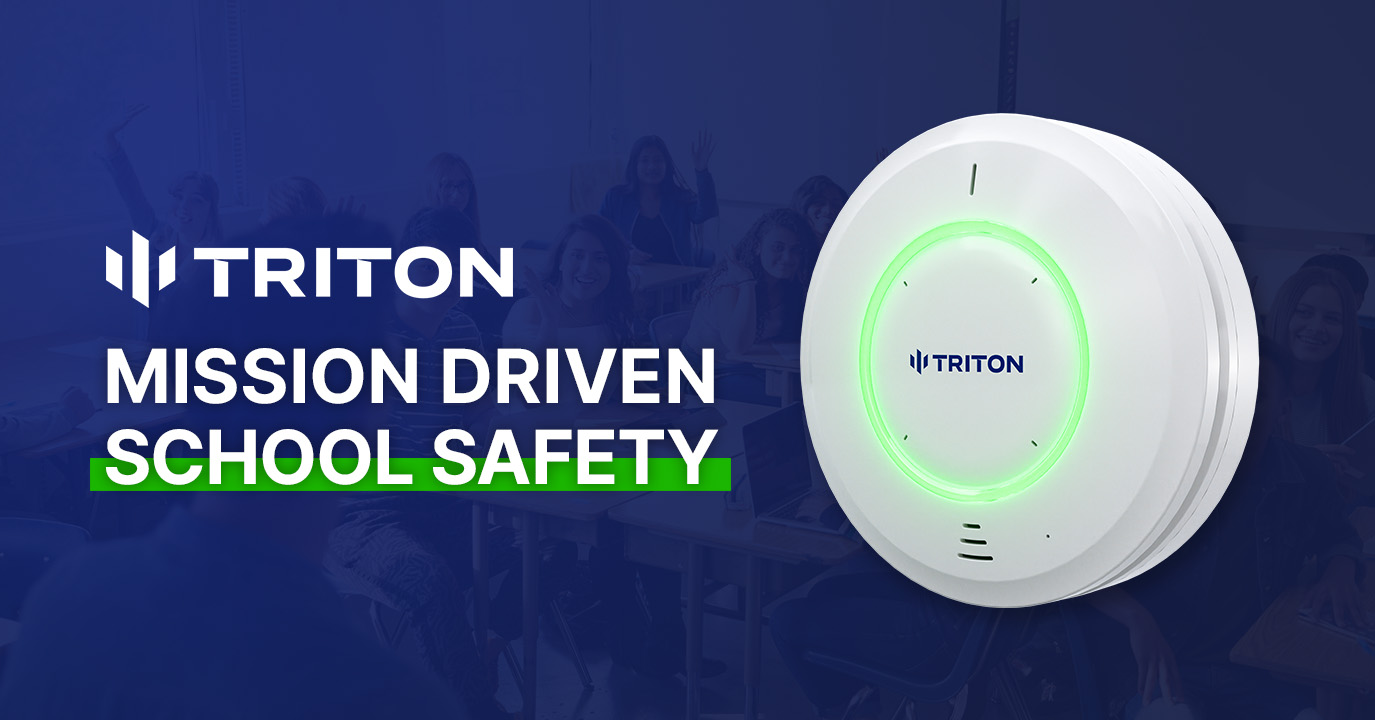Vaping was once a scourge at schools. Students would go to bathrooms in between classes, where flavored nicotine and THC vapors did not leave a trace. Teachers and administrators felt powerless until districts turned to an entirely new method of defense which was the vape detector.
Today schools across the nation are reporting major success stories which demonstrate just how transformative this technology could help in tackling the vaping epidemic.
A Case Study: Cutting Vaping by 83% in 10 weeks
Luling Independent Schools District had the most serious issue of vaping. Despite the warnings of school officials and the introduction of stricter policies, some students still were vaping in the bathroom and locker room. Smoke alarms aren’t useful in the case of vapor and staff simply cannot be everywhere at the same time.

The district conducted tests on a variety of vape detectors in March. The results were striking. Within a matter of five weeks, reports of smoking cigarettes had fallen significantly. In the last the ten-week period, vaping declined by 83%..
The success of administrators was more than just numbers. Teachers reported less disruptions and students understood that vaping wouldn’t be a secret.
Match Charter Schools also enjoy similar successes
Match Charter Schools also has an excellent example. Middle and high school students were vaping during the time. The effect of the smoke detectors for vapes that they put in place in August was evident immediately.
At the end of December, only four months later, the administrators announced an 80% decline in vaping-related incidents that occurred weekly. Parents were elated at the school for taking concrete steps to protect their children. Teachers also noticed that there was a reduction in hallways with loiterers and bathroom crowding.
These two districts illustrate what is becoming a trending tendency: schools that implement vape detection see measurable gains in both behavior and overall safety.
What makes vape detectors successful?
The secret to these outcomes lies in the technology itself. A modern vape detector doesn’t simply detect vapor, but it also tracks air quality and monitors occupancy levels. It also provides real-time alerts to employees. So, administrators no longer depend on guesswork or reports based on a post-factual analysis.
And, most importantly than that, detectors are built with privacy in mind. No cameras. No audio recording. Simply accurate, instant information that helps schools act quickly without compromising the rights of students.
The combination of efficacy cost, compliance and efficiency makes vape detectors the best efficient safety tool that schools can use today.
Beyond Vaping: A Wider Safety Net
Many administrators recognize that vaping detectors go far beyond prevention. Advanced systems can detect loud noises keywords, triggers tied to emergencies, and even vandalism threats.
For example, if a group begins to loiter in a bathroom, the detector can detect an unusual number of people. Staff members will be notified immediately whenever someone yells “help” or another distressing keyword. In this way, vape detectors for schools become part of a larger safety strategy one that addresses both health risks and potential violence.
Parents and Boards have a strong support for Vape Detectors
Transparency brings with it a trustworthiness that is often overlooked. Schools using detectors can produce reports that clearly show trends in vaping activity. The reports are distributed to parents, school boards and the public to prove that actionable steps have been taken.
Parents in particular feel gratified when they observe the tangible effects. Vape smoke detectors aren’t just protecting students from harm, they’re protecting their health. They reinforce the message that smoking vape isn’t allowed at schools.
What you should take away The most effective path to take
The battle against smoking cigarettes did not seem to be visible to schools for years. However, case studies from districts across the country show that the opposite is true. Utilizing a vape detector administrators can track incidents immediately, discourage risky behavior, and provide safer spaces for their students.
Vaping is still a concern, but it is changing. Vape detection technology isn’t just a reaction to an issue, it’s an opportunity for schools set the standard for a healthier environment for their students.
Conclusion
Technology is transforming schools from Texas from Texas to Massachusetts. Modern vape alarms do more than alert. It reshapes student behavior, builds trust and offers an all-time solution to the most pressing health concerns that students face today. For any school that is serious about security school vape detectors are no longer a novelty they’re the norm.